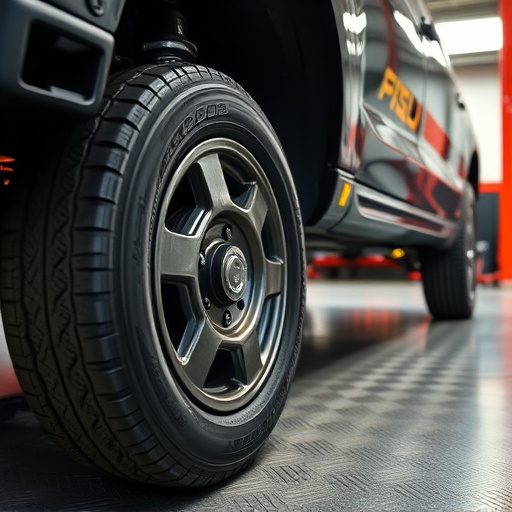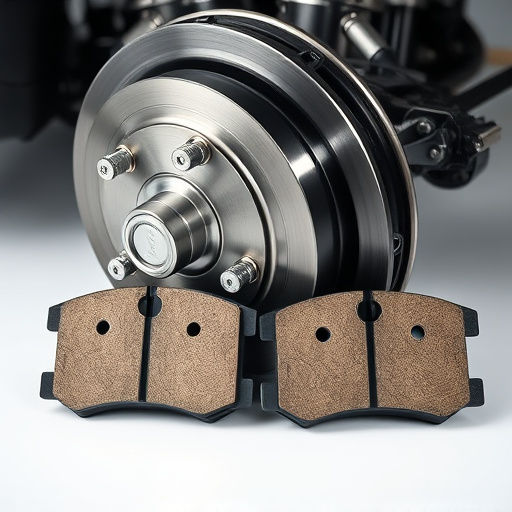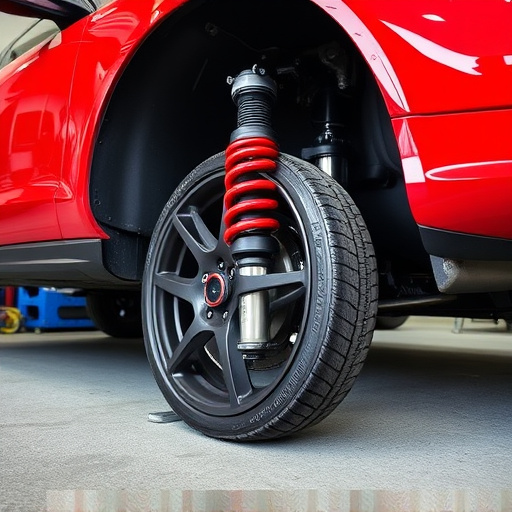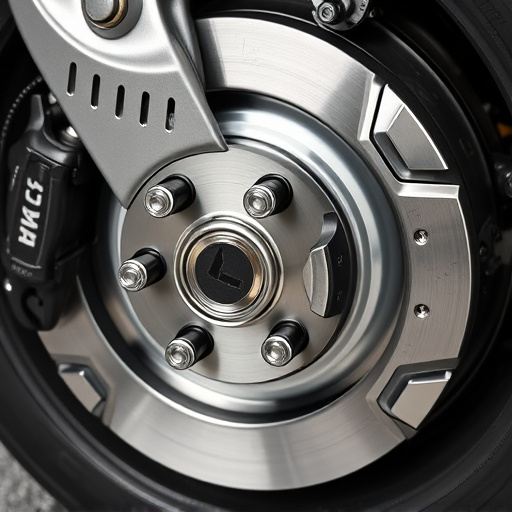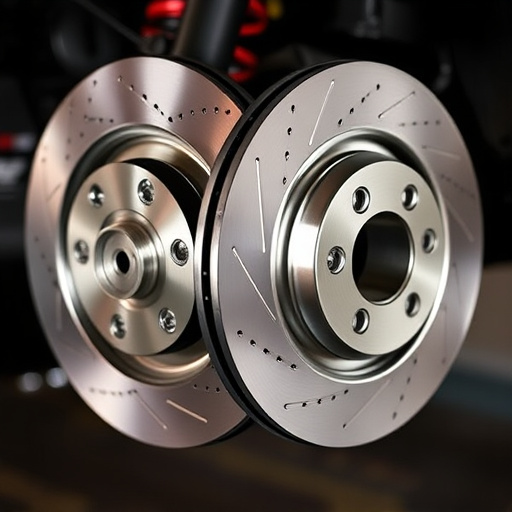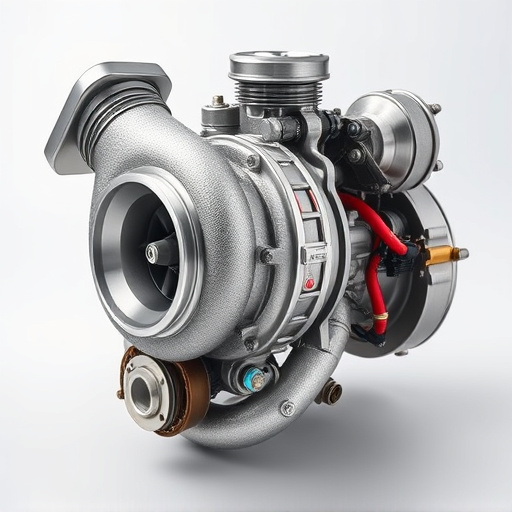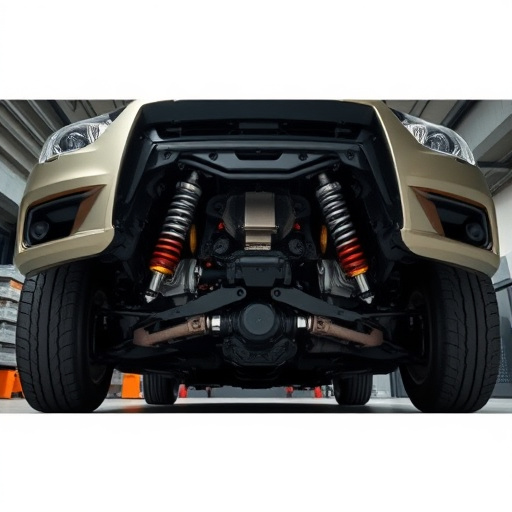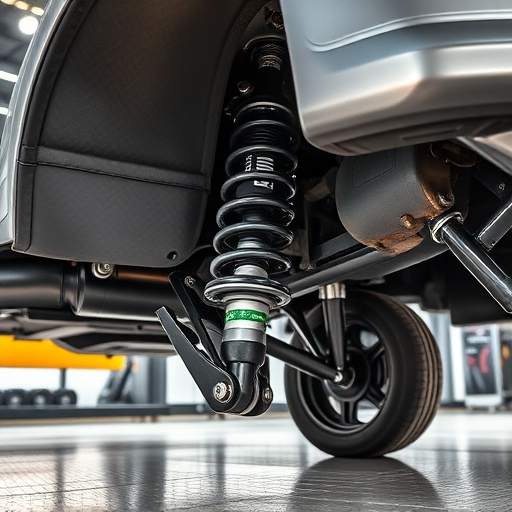Lowering springs enhance vehicle performance and handling by lowering the center of gravity, improving cornering and stability. For optimal results, choose model-specific springs from reputable manufacturers, ensuring compatibility with existing components and professional installation. DIY installation is possible with automotive knowledge but requires caution. Regular maintenance, including tire pressure checks and part lubrication, extends spring life.
Looking to enhance your vehicle’s performance while maintaining daily drivability comfort? Lowering springs are a popular modification that can significantly improve your driving experience. This article delves into the fundamentals of lowering springs, highlighting their benefits and how they transform your ride. We’ll guide you through selecting the perfect spring for your vehicle, provide installation tips, and offer maintenance advice to ensure longevity. Discover the art of lowering springs and unlock a smoother, more responsive drive.
- Understanding Lowering Springs: Basics and Benefits
- Choosing the Right Spring for Your Vehicle
- Installation, Maintenance, and Longevity Tips
Understanding Lowering Springs: Basics and Benefits

Lowering springs are a popular modification among vehicle enthusiasts looking to enhance their driving experience. These specialized coils are designed to lower a car’s center of gravity, resulting in several benefits. By reducing the height of the vehicle, lowering springs offer improved cornering and stability, making the drive more responsive and agile. This is particularly noticeable during tight turns or on winding roads.
One of the key advantages is the enhanced aesthetic appeal. Lowered vehicles often have a more aggressive stance, which can be visually appealing to many car lovers. Moreover, these springs contribute to better handling overall. They work in conjunction with other suspension components, like brake pads and disc brakes, ensuring a smoother yet more controlled ride. This modification can also positively impact the vehicle’s performance when navigating through various driving conditions and terrain.
Choosing the Right Spring for Your Vehicle

When considering lowering springs for your vehicle, it’s crucial to match the right springs with your specific make and model. Different cars have unique suspension systems, so using the appropriate lowering springs is essential for maintaining daily drivability comfortably. Start by assessing your vehicle’s current ride height and desired drop. This information will guide you in selecting springs that offer the ideal balance between lower ride height and preserved handling characteristics.
Additionally, focus on high-quality springs from reputable manufacturers who prioritize safety and performance. Lowering springs should be designed to enhance control without compromising shock absorption. Ensure compatibility with your vehicle’s existing suspension components, especially when considering modifications like a cat back exhaust system. Remember, proper installation by a professional is key to achieving optimal results and ensuring the safety of your vehicle.
Installation, Maintenance, and Longevity Tips

When it comes to installing lowering springs, a DIY approach is feasible for those with basic automotive knowledge. However, precision and safety are key, so a thorough understanding of vehicle dynamics is beneficial. Start by thoroughly cleaning the suspension components, ensuring all parts are free from dirt or debris. Next, carefully lower the vehicle using jack stands and make adjustments to the springs until the desired ride height is achieved. Regular maintenance is crucial for longevity; this includes periodic checks for wear and tear, especially on the shock absorbers and bushings. Replace any damaged components promptly to prevent further complications.
To ensure optimal performance over time, consider incorporating some best practices: keep an eye on your tire pressure, as under-inflated tires can accelerate spring wear; regularly lubricate the springs and other suspension parts with a suitable lubricant to reduce friction; and avoid extreme driving conditions, such as off-roading or aggressive cornering, which can stress the lowering springs. Additionally, investing in high-quality coilover kits or upgrading your performance brakes can further enhance drivability and safety, complementing the benefits of your lowered springs.
Lowering springs offer a simple yet effective way to enhance your vehicle’s performance and aesthetics. By carefully selecting the right springs and maintaining them properly, you can enjoy improved handling, better ground clearance, and a more aggressive stance without compromising daily drivability. Implement the tips outlined in this article to choose, install, and maintain lowering springs effectively, ensuring your vehicle remains comfortable and controllable for years to come.






